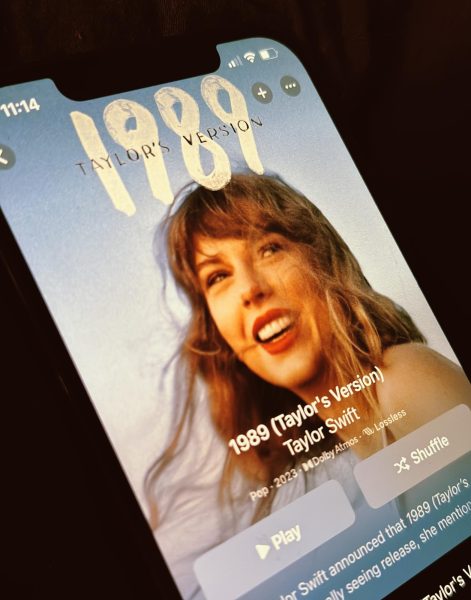When given the choice, should students choose in-person or online-only instruction?
August 31, 2020
Fall 2020 has students all around the globe taking a different approach to college this year. Despite the Coronavirus, a considerable number of universities in the United States have reopened for the fall semester. Most of the students lucky enough to be offered on-campus learning are given the choice to choose between remote instruction and in-person sessions based on their personal preference. Although Zoom University does sound very tempting to most students, in-person classes may be more beneficial to participants’ mental health.
Social aspects play a significant role in the stability of a young adult’s mental health. Last semester, many students were robbed of several extra months with their friends and it wasn’t uncommon students had an uneventful summer. Upon returning to campus, students are still currently restricted from any large social settings and dorm/apartment roommates are their closest contacts. As much as students may love their chosen roommates, their social circles must expand beyond who they live with. That is where in-person classes come into play. Students can converse with their peers in a classroom setting, allowing them to incorporate more variety in their social interactions on a given day. This exchange between classmates is refreshing to a student’s mental health. Students can make new friends more organically than over Zoom and form more personal relationships with professors, face-to-face.
Along with expanding student networks, in-person classes offer a change of location. During the start of the semester, students tend to have more academic motivation and healthier routine habits. However, as the semester carries on, students find it easier to let these healthy habits slip away. Zoom classes that were once attended at an organized desk, turn into Zoom meetings from the bed. Online meeting cameras start to turn off, hair goes unbrushed, and pajamas are quite often the attire for a virtual class. This can quickly turn into an unhealthy habit for many students. In-person classes not only require a student to show up for their peers but also themselves. Everyone has heard the expression “look good, feel good.” Simply having a reason to put one’s self together by being clean and presentable for their peers, can do wonders for a student’s mental health and to help create healthy routines.
Participating in online classes eliminates the need to commute to and from campus or walking from campus buildings to residence housing. To some this may sound appealing as it reduces the amount of fuel used to drive to classes, resulting in money spent less often filling up gas tanks. However, commuting to and from campus for in-person classes can be vital for the mindset of a healthy student. Given the conditions of North Dakota winters, students don’t often look for an excuse to go outside. Attending in-person classes makes the dreaded trip outside of apartment doors necessary. Despite the freezing temperatures, a quick walk across campus may be the only time a student leaves their residence for the day. Going outside has been known to lift moods, lower anxiety, and improve focus.
Universities are most likely to seem incredibly abnormal for most of the school year. However, students need to do what they can to keep a steady routine, safely keep up with their social habits, avoid unhealthy personal living, and keep their mental health in check. If students want to thrive in these unprecedented circumstances, they should consider switching their chosen mode of instruction to courses taught face-to-face.












